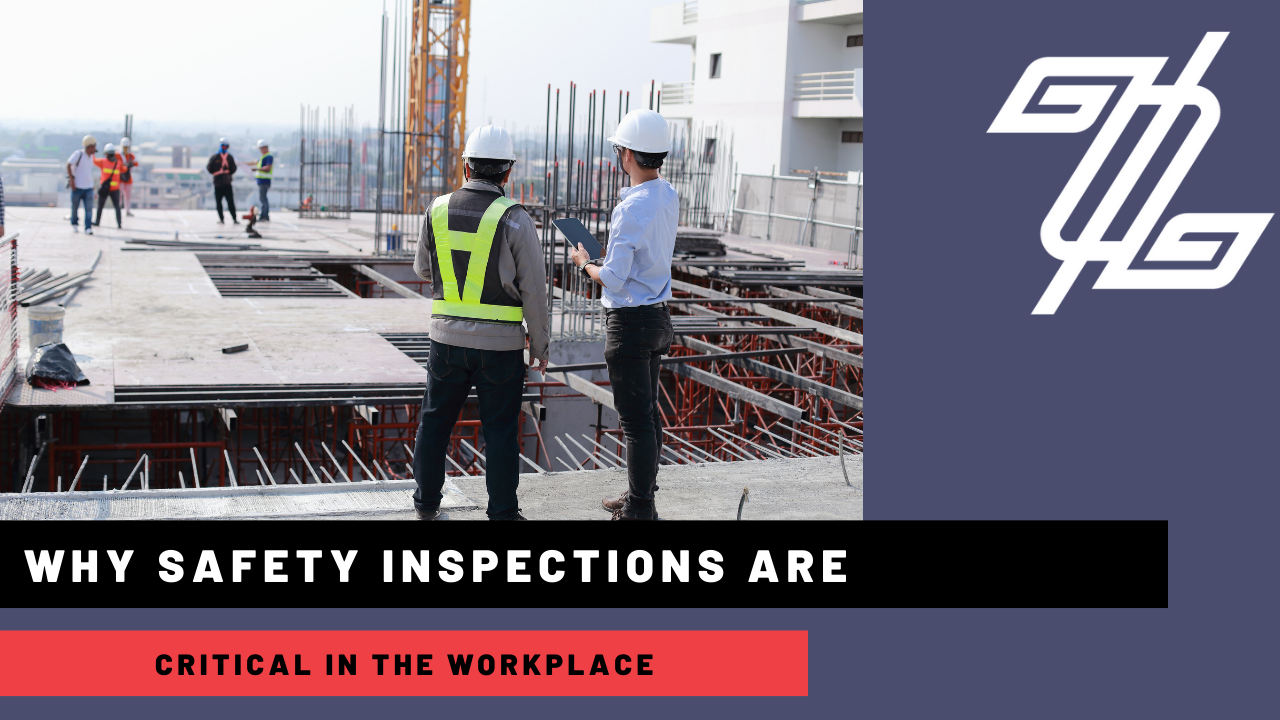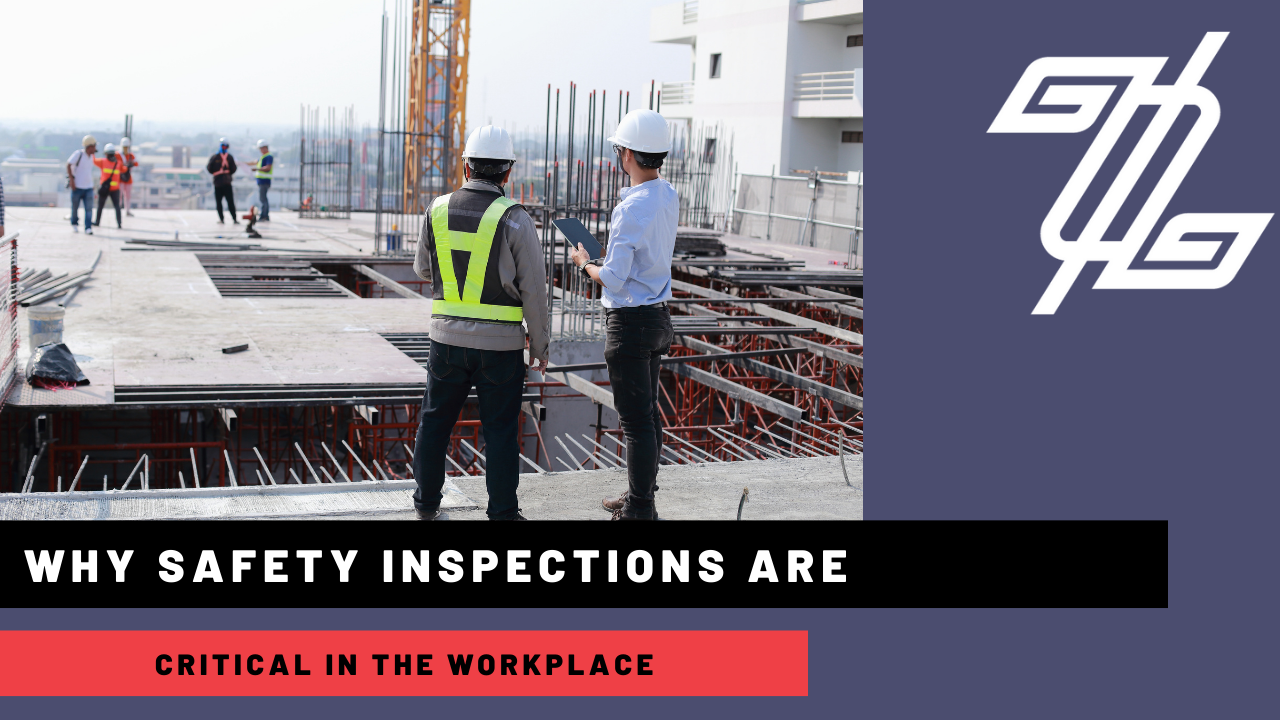Why Safety Inspections Are Critical in the Workplace

How often do you conduct Inspections in your workplace?
Safety inspections are one of the most effective ways to ensure that your employees work in a safe environment. As mentioned in our “10 Steps to creating a strong Safety Culture” post, completing regular inspections can ensure that all safety hazards are controlled and will help identify potentially hazardous changes in workplace conditions. In this blog, we will dive into the importance of safety inspections and why you should use a well-crafted inspection checklist!
As part of a proactive injury-prevention process, inspections reveal the current state of your workplace and any activities that you can see. The process involves carefully examining work areas on a regular basis with a view to:
- Identifying and recording actual and potential hazards posed by buildings, equipment, the environment, processes, and practices
- Recording any risks requiring immediate attention
- Determining whether existing hazard controls are adequate and operational
- Recommending corrective action where appropriate
In section 1926.20(b)(2) of the Safety and Health Regulations for Construction OSHA calls for "frequent and regular inspections of the job sites, materials, and equipment to be made by competent persons designated by the employers." Inspections should be completed at intervals that will prevent the development of unsafe working conditions for all workplaces, including buildings, structures, grounds, excavations, tools, equipment, machinery, work methods and practices. The competent persons can include managers, supervisors, Health and Safety Representatives, Joint Health and Safety Committee members and workers.
Once regular inspections have begun it is one of the primary functions of the Workplace Health and Safety representative, Workplace Committee, and site supervisor(s) to analyze the findings as frequently as possible.
Inspection Checklists
No matter the industry Inspections are part of daily operations, however, there is no one size fits all template. You can be in Construction inspecting a new build or Manufacturing inspecting your process equipment, a Bakery auditing your food production, or even a surgeon performing a critical surgery. With each Industry and Region, there are unique hazards that pose risk to your workforce. Developing a checklist allows for consistency and a systematic approach to Inspections. It also allows all workers to be aware of what is being Inspected and what needs to be done to ensure a safe workplace.
As Atul Gawande Stated in his book “The Checklist Manifesto” Over the past few decades, mankind has acquired extensive knowledge—we can predict hurricanes and tornadoes, build skyscrapers and save people from critical diseases and injuries. Yet smart, highly trained, and experienced people still make avoidable mistakes regularly.
When building any sort of inspection, break down all the elements in the process, tool, or equipment. Consider regulatory requirements or industry best practices and itemize them in your checklist. We all get busy in our day-to-day activities and no matter our experience we can forget things. If we build our checklist and inspections properly, it will help ensure whoever is completing the form, will complete the same steps every time and nothing is missed.
Conclusion
Inspections are a powerful tool that can be used to create a safe and healthy workplace. When conducted regularly, they help identify hazards and ensure that corrective actions are taken to mitigate the risks associated with those hazards.
“Foresight is not about predicting the future; it’s about minimizing surprise." - Karl Schroeder

